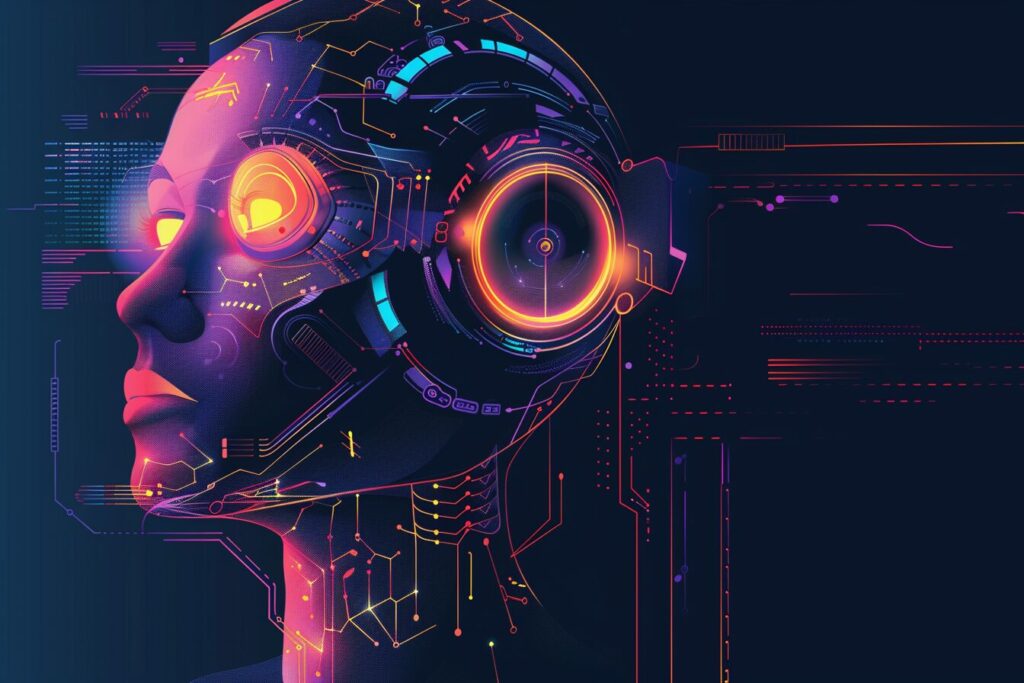The significant ethical responsibilities to their end users, particularly in the context of AI and its integration into their work, are interaction designers should ensure that users fully understand how AI technology is used in the products or services they interact with, including the technology’s strengths, weaknesses, capabilities, and limitations. Obtain users’ consent and data protection measures in cases where their private information is required. For the project itself, the designer needs to make sure that the system is fair and friendly, avoiding all possibilities that could cause harm to a certain group of people. At the same time, it is also important to ensure that the AI project is accessible to as many groups as possible, and has an intuitive interface that demonstrates its functionality. The last point, and one that holds true for any project, is continuous learning and improvement. Interaction designers should commit to continuous learning and professional development to stay abreast of emerging ethical considerations and best practices in AI design. Iterating iteratively closer after user testing keeps the product always in a state of being in progress.
